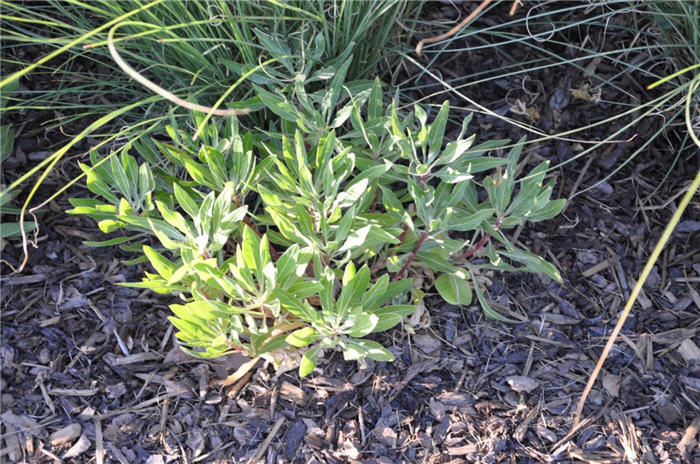| Botanical Name: Oenothera macrocarpa | |
| Common Name: Missouri Evening Primrose |

-
Anatomy
-
Culture
-
Design
Plant Type
Ground cover, Perennial
Height Range
Under 1'
Flower Color
Yellow
Flower Season
Summer
Leaf Color
Green, Red
Bark Color
n/a
Fruit Color
n/a
Fruit Season
n/a
Sun
Full
Water
Low, Medium
Growth Rate
Moderate
Soil Type
Sandy, Clay, Loam, Rocky, Unparticular
Soil Condition
Average, Rich, Poor, Well-drained, Dry
Soil pH
Neutral
Adverse Factors
n/a
Design Styles
English Cottage, Meadow, Mediterranean, Ranch, Spanish
Accenting Features
Showy Flowers
Seasonal Interest
Summer
Location Uses
Perennial Border, Parking Strip
Special Uses
Erosion Control, Mass Planting
Attracts Wildlife
Hummingbirds, Butterflies
Information by: Stephanie Duer
Photographer:
Photographer:
-
Description
-
Notes
Missouri evening primrose is a sprawling perennial that typically grows 6 to 12 inches tall and 12 to 18 inches across, though through reseeding, it can spread farther. It has singe, 4-petaled, mildly fragrant, bright yellow flowers which open for only one day (usually open late afternoon and remain open until the following morning). Flowers are generally upward-facing, but sometimes rest on or touch the ground. Long spring to summer bloom period. Flowers are followed by somewhat unique, winged seed pods. Narrow, lance-shaped leaves. Stems are sometimes a vivid crimson red. Grow in rock gardens, perennial borders, parkstrips, and evening gardens. Many cultivars available.
Grown in average, dry to medium, well-drained soil in full sun. Tolerates poor and/or limy soils, drought, and some light shade. Easily grown from seed and will self-seed under optimum growing conditions (which is almost anything). Doesn't grow well in wet soils. This species was formerly called (and is still often listed for sale as) Oenothera missouriensis.